Main content
Attenborough's Life in Colour - Gallery

Incredible images from Attenborough's Life in Colour, the 91�ȱ� One series exploring the vital role colour plays in the daily lives of many species.
Peacock mantis shrimp
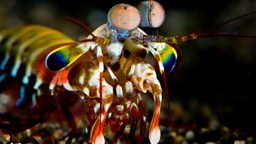
Peacock mantis shrimp have 12 types of colour receptors – four times as many as humans.
Mandrill baboons
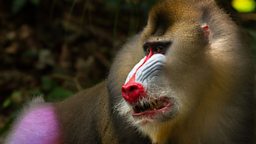
Face colours of male mandrill baboons signal their status.
Costa's hummingbird
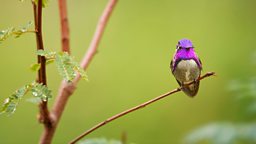
Costa's hummingbird in California.
Cuban snails
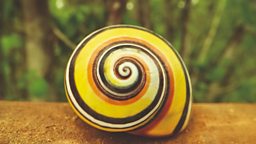
Cuban snails come in many different colours, no two individuals are the same.
Flamingo
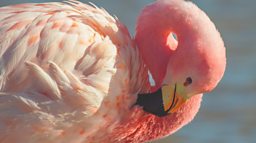
Flamingos get their pink colours from their diet.
Zebra
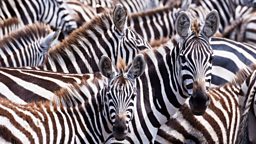
A sea of Zebra stripes
Poison dart frog
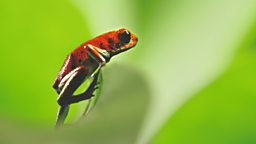
A poison dart frog in Panama.
